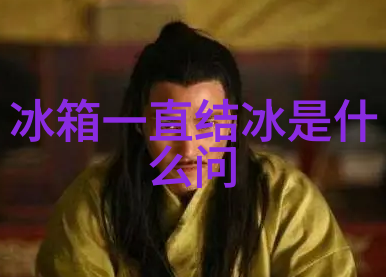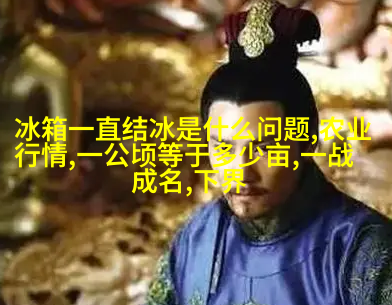What is the History of Rolleiflex?

Rolleiflex, a brand that has been synonymous with high-quality medium format cameras for over a century. Its history dates back to 1929 when it was first introduced by Franke & Heidecke, a German camera manufacturer. The name "Rolleiflex" comes from the combination of "Rollei," which refers to the film roll, and "flex," meaning flexible.
The first Rolleiflex model, called the TLR (Twin Lens Reflex), was designed as an improvement upon earlier twin-lens reflex cameras. It featured two lenses side by side in front of the camera body: one lens serves as a viewfinder while the other takes pictures through its aperture setting. This design allowed photographers to see exactly what they were capturing without needing an external viewfinder or mirror system.

Why is Rolleiflex So Popular Among Photographers?
One reason for Rolleiflex's enduring popularity lies in its ability to produce exceptionally high-quality images. With its medium format sensor and ability to use large-format film rolls, photographers can capture more detail and higher resolution than many smaller format cameras on the market today.

Another reason for its fame is that it offers manual controls that allow experienced photographers to fine-tune their shots according to personal preference or artistic vision. Whether shooting portraits or landscapes, these control options make it possible for users to achieve specific results tailored precisely towards their creative goals.
Moreover, many professional photographers have turned into enthusiasts due largely because they appreciate not only photography but also craftsmanship and durability found in traditional analog equipment like Rolleiflexes. These factors combined create an irresistible appeal among those who value both artistic expression and technical excellence within their work.

How Does Technology Impact Camera Design Today?
As technology continues evolving at lightning-fast speed in this digital age, innovations are significantly changing how we perceive photography itself – especially with regard to camera design trends around us now-a-days! In recent times there's been much discussion about whether new digital advancements will replace old-school analog devices such as classic SLRs or even mirrorless models which offer similar functionality albeit with far less bulkiness compared against bulky DSLRS systems we once saw dominating store shelves years ago before entering our homes where countless hours spent scrolling through endless galleries made up primarily consisting solely-of digitally captured snapshots taken using smartphone apps instead opting directly going out purchasing real-life full-frame sensors equipped interchangeable lens systems worth spending money on them since no longer need carry heavy loads anymore; after all isn't just mattering having best quality image available right?

In summary though - while technological progress certainly brings benefits along with potential drawbacks like increased price point versus alternative choices plus limited compatibility across platforms still - overall I believe true aficionados would never trade-off stunningly beautiful photographs produced using state-of-the-art tools currently available simply based solely on nostalgia alone rather preferring maintain connection between past generations' way living life via maintaining tradition intact despite rapid changes happening worldwide outside doors; therefore making sure future generations get chance experience same joyous moments we've always cherished knowing these moments remain timeless treasures cherished throughout time forevermore regardless what happens next tomorrow morning light breaks horizon beyond horizon line far away from us here today so let keep sharing love stories together everyone!



